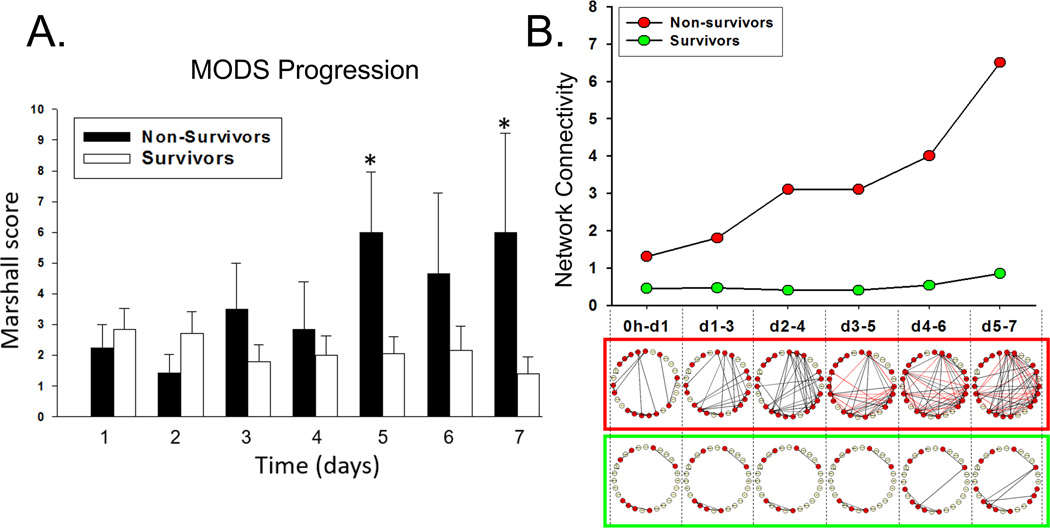Figure 1. DyNA network complexity mimics Marshall MOD score trajectories of organ failure.
Trauma patients were recruited following IRB approval and informed consent. (A) A daily Marshall MOD score analysis for organ failure exhibited a slight decrease in Marshall MOD score over 7d in survivors. The non-survivors exhibited later-onset and increasing multiple organ dysfunction, reaching a state of sustained multiple organ failure (MOD score ≥ 5) by Day 5, significant (P<0.05) by Two-Way ANOVA over 7d. Plasma was obtained at multiple time points and analyzed for the presence of 27 inflammatory mediators in highly-matched sub-cohorts of survivors and non-survivors, followed by Dynamic Network Analysis (DyNA) as described in the Materials and Methods. (B) The time-evolution of networks in non-survivors (framed in red) and survivors (framed in green). In silico inference of inflammatory network complexity suggests a bifurcation of low-level versus self-amplifying inflammation in survivors and non-survivors, respectively. Notably, in silico-defined trajectories of inflammation mimic the clinical trajectories of organ dysfunction over 7d in both survivors and non-survivors.

